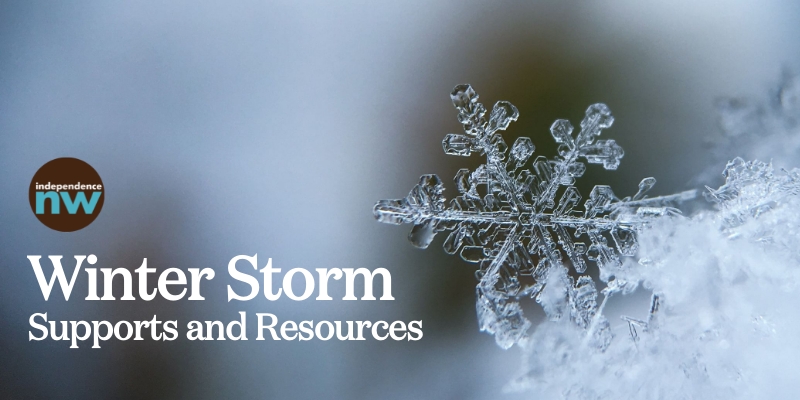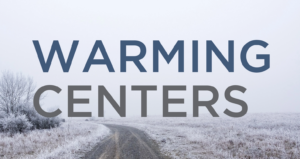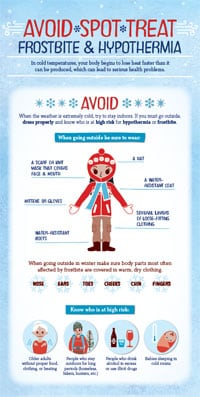
Be sure you have a plan to stay warm, safe, and healthy. During winter storms, warming centers and shelters open up throughout the tri-county area.
Included below, you’ll find important tips from FEMA about preparing for and surviving during a winter storm event.
Download the FEMA app for tips and alerts sent right to your phone. Check them out below and if you have any questions, don’t hesitate to reach out to us.
Warming Centers Across the Region
- Clackamas County
Click here for a full list - Washington County
Click here for a full list - Multnomah County
Click here for a full list

PREPARING FOR EXTREME WEATHER
Extreme winter weather can leave communities without utilities or other services for long periods of time.
Prepare your home to keep out the cold with insulation, caulking, and weather stripping. Learn how to keep pipes from freezing. Install and test smoke alarms and carbon monoxide detectors with battery backups.
Pay attention to weather reports and warnings of freezing weather and winter storms. Sign up for your community’s warning system. The Emergency Alert System (EAS) and National Oceanic and Atmospheric Administration (NOAA) Weather Radio also provide emergency alerts.
Gather supplies in case you need to stay home for several days without power. Keep in mind each person’s specific needs, including medication. Do not forget the needs of pets. Have extra batteries for radios and flashlights.
Create an emergency supply kit for your car. Include jumper cables, sand, a flashlight, warm clothes, blankets, bottled water, and non-perishable snacks. Keep the gas tank full.
Learn the signs of and basic treatments for frostbite and hypothermia. For more information, visit: www.cdc.gov/disasters/winter/staysafe/index.html.
What is hypothermia?
- Hypothermia is caused by prolonged exposures to very cold temperatures. When exposed to cold temperatures, your body begins to lose heat faster than it’s produced. Lengthy exposures will eventually use up your body’s stored energy, which leads to lower body temperature.
- Body temperature that is too low affects the brain, making the victim unable to think clearly or move well. This makes hypothermia especially dangerous, because a person may not know that it’s happening and won’t be able to do anything about it.
- While hypothermia is most likely at very cold temperatures, it can occur even at cool temperatures (above 40°F) if a person becomes chilled from rain, sweat, or submersion in cold water.
Who’s most at risk?
Victims of hypothermia are often:
- Older adults with inadequate food, clothing, or heating
- Babies sleeping in cold bedrooms
- People who remain outdoors for long periods
- People who drink alcohol or use illicit drugs.
What are the signs and symptoms of hypothermia?
The following are warnings signs of hypothermia:
Adults:
- Shivering
- Exhaustion or feeling very tired
- Confusion
- Fumbling hands
- Memory loss
- Slurred speech
- Drowsiness
Babies:
- bright red, cold skin
- very low energy
Don’t wait – take action
Hypothermia is a medical emergency. If you notice any of the above signs, take the person’s temperature. If it is below 95° F, get medical attention immediately!
If you are not able to get medical help right away, try to warm the person up.
- Get the person into a warm room or shelter.
- Remove any wet clothing the person is wearing.
- Warm the center of the person’s body—chest, neck, head, and groin—using an electric blanket, if available. You can also use skin-to-skin contact under loose, dry layers of blankets, clothing, towels, or sheets.
- Warm drinks can help increase body temperature, but do not give alcoholic drinks. Do not try to give beverages to an unconscious person.
- After body temperature has increased, keep the person dry and wrap their body, including their head and neck, in a warm blanket.
- Get the person proper medical attention as soon as possible.
A person with severe hypothermia may be unconscious and may not seem to have a pulse or to be breathing. In this case, handle the person gently, and get emergency assistance immediately.
This information is provided by the CDC.



